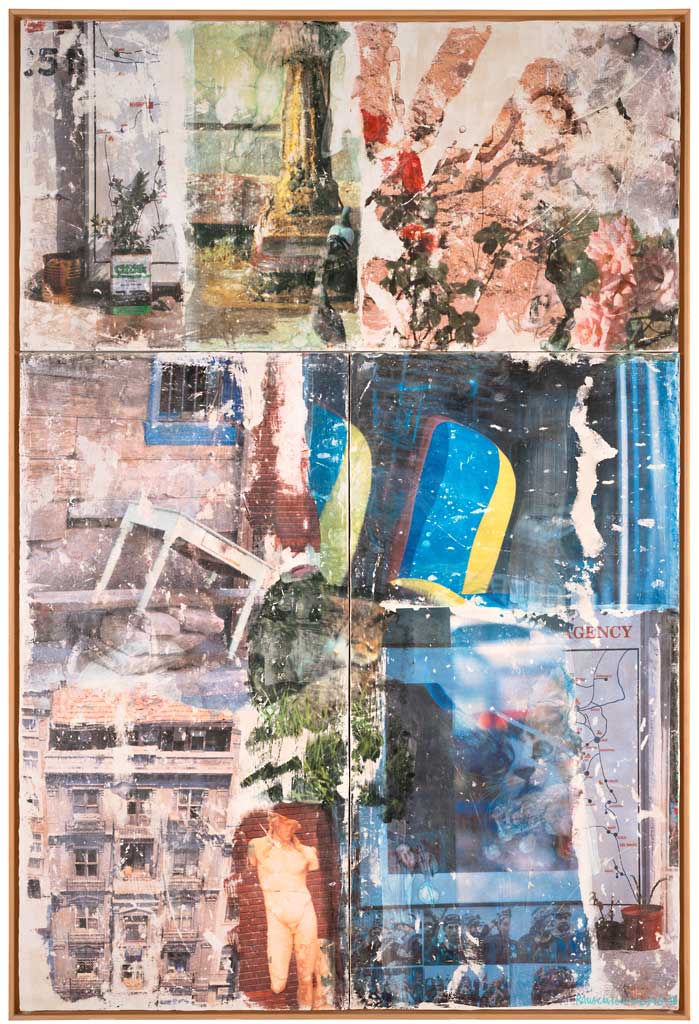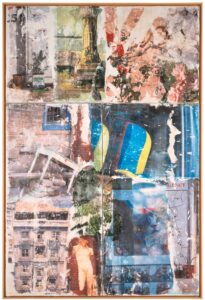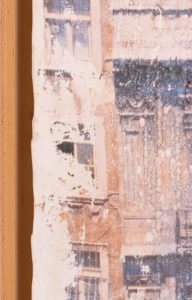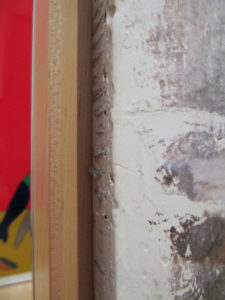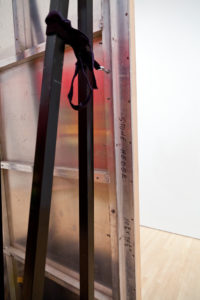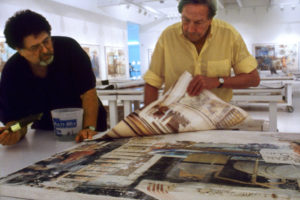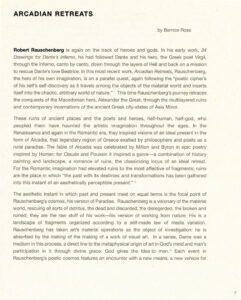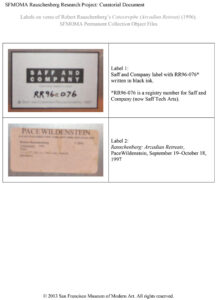Ownership History
Vicki and Kent Logan, purchased through PaceWildenstein, New York, 1997
San Francisco Museum of Modern Art, gift of Vicki and Kent Logan, 1997
Exhibition History
Rauschenberg: Arcadian Retreats, PaceWildenstein, New York, September 19–October 18, 1997.
This listing has been reviewed and is complete as of August 31, 2016.
Publication History
Bernice Rose, Rauschenberg: Arcadian Retreats (New York: PaceWildenstein, 1997), 9 (ill.).
Robert Rauschenberg, “Seen of the Crime,” Grand Street 62 (Fall 1997): 17 (ill.).
Diane Haithman, “S.F. Museum of Modern Art Goes on a Buying Spree,” Los Angeles Times, June 6, 1998.
Janet Bishop, Corey Keller, and Sarah Roberts, eds., San Francisco Museum of Modern Art: 75 Years of Looking Forward (San Francisco: San Francisco Museum of Modern Art, 2009), 150.
Katherine Hardiman, “Four Brodsky and Utkin Etchings and Rauschenberg’s Fresco Contest,” in Rauschenberg: Collecting & Connecting, ed. Kristine Stiles (Durham, NC: Nasher Museum of Art at Duke University, 2014), 38; online edition. Accessed February 9, 2015. https://shuffle.rauschenbergfoundation.org/exhibitions/nasher/essays/Hardiman_four-brodsky-and-utkin-etchings/.
This listing has been updated since the launch of the Rauschenberg Research Project and is complete as of August 31, 2016.
